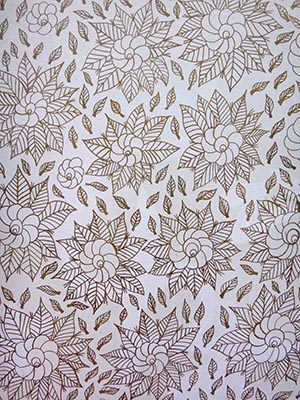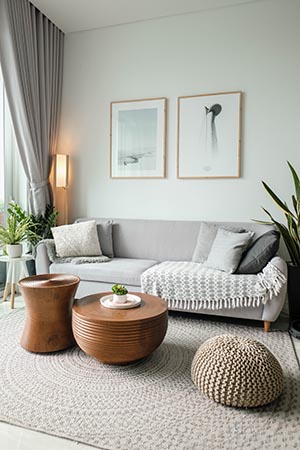
History of wampum belts and their cultural importance to the Mohawk people
Mohawk wampum belts carpets
The history of wampum belts holds significant cultural importance to the Mohawk people. These intricate designs (depict) important stories and traditions passed down through generations. Wampum belts are not just decorative items, but symbols of unity and respect among the Mohawk community.
(Contrary) to popular belief, wampum belts are not simply accessories or trinkets. They serve as a means of communication, telling tales of peace agreements, alliances, and sacred ceremonies. When worn or displayed, these belts carry with them the weight of tradition and honor.
(Wow), the craftsmanship that goes into creating each wampum belt is truly remarkable. The intricate beadwork and vibrant colors showcase the skill and dedication of the artisans who create them. Each belt is a work of art, telling a unique story that connects past, present, and future generations.
It is important to recognize the significance of wampum belts in Mohawk culture. They are more than just objects; they are symbols of identity and heritage that deserve to be cherished and preserved for years to come.


